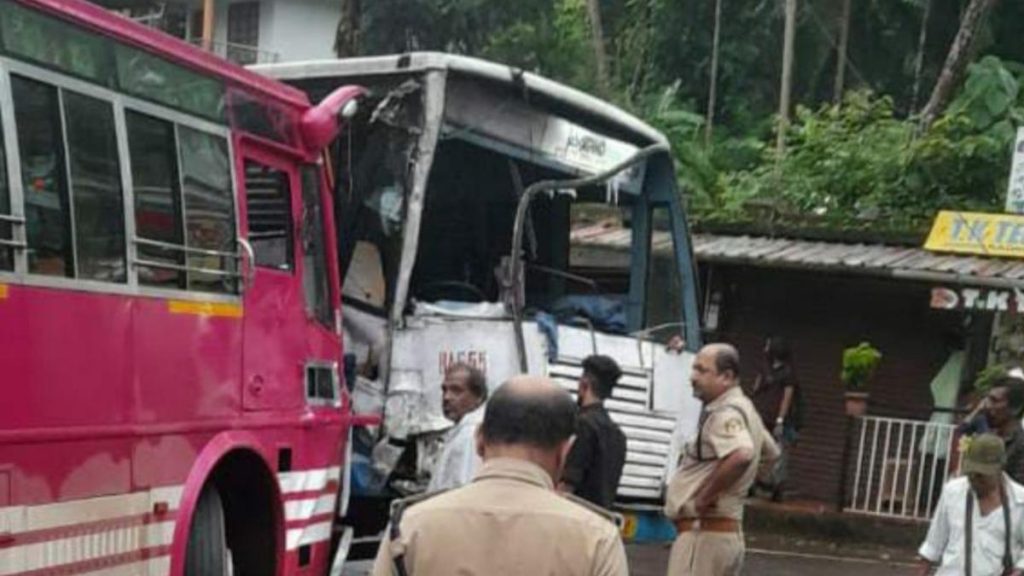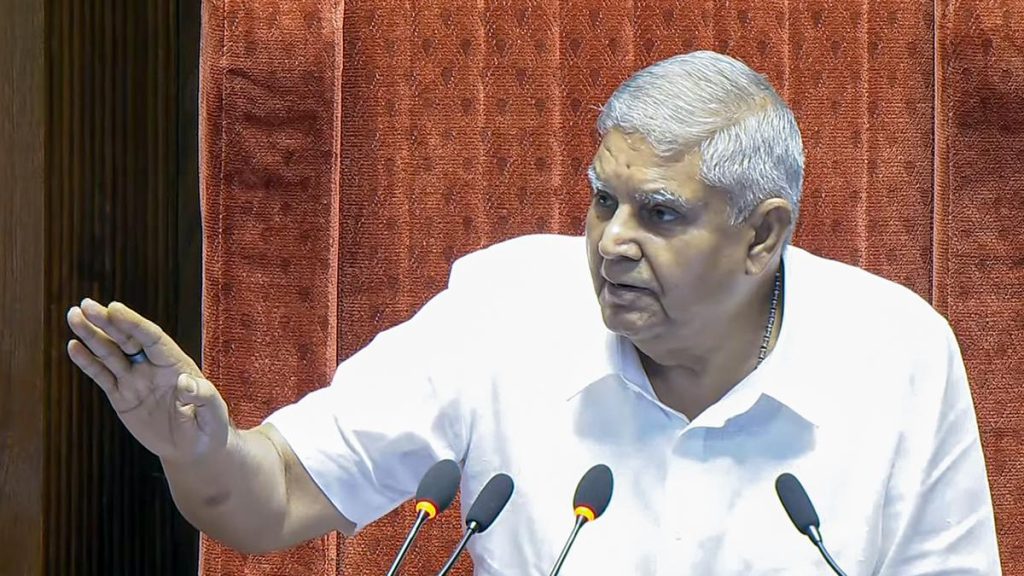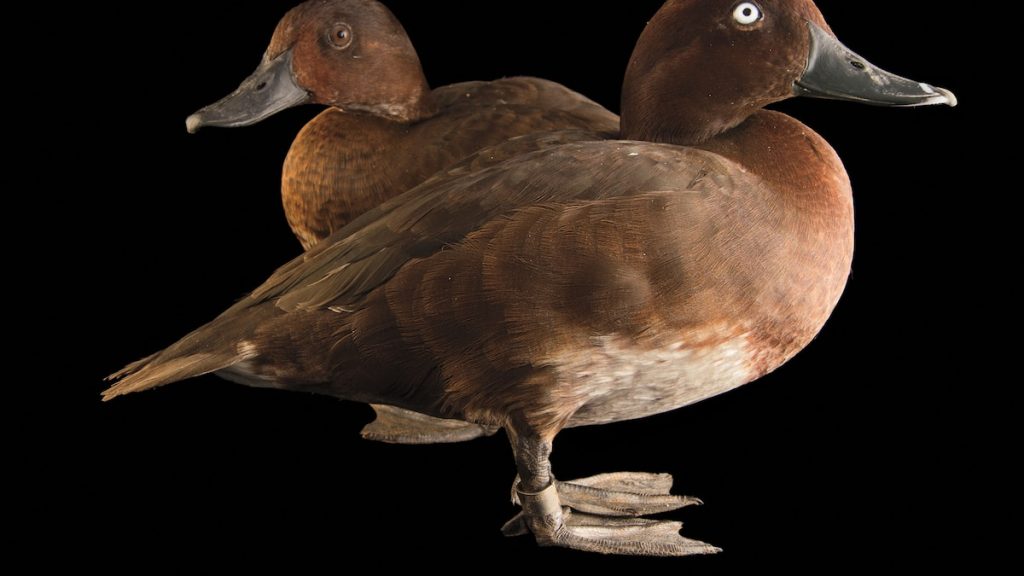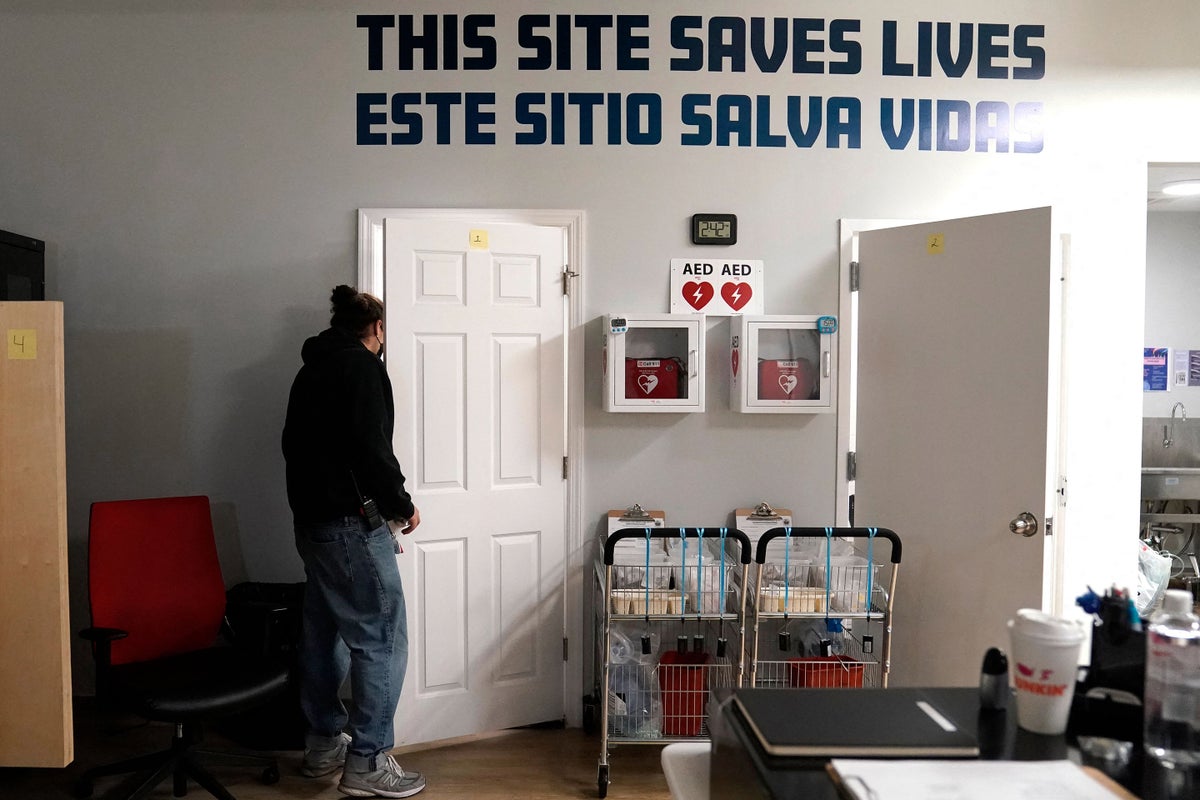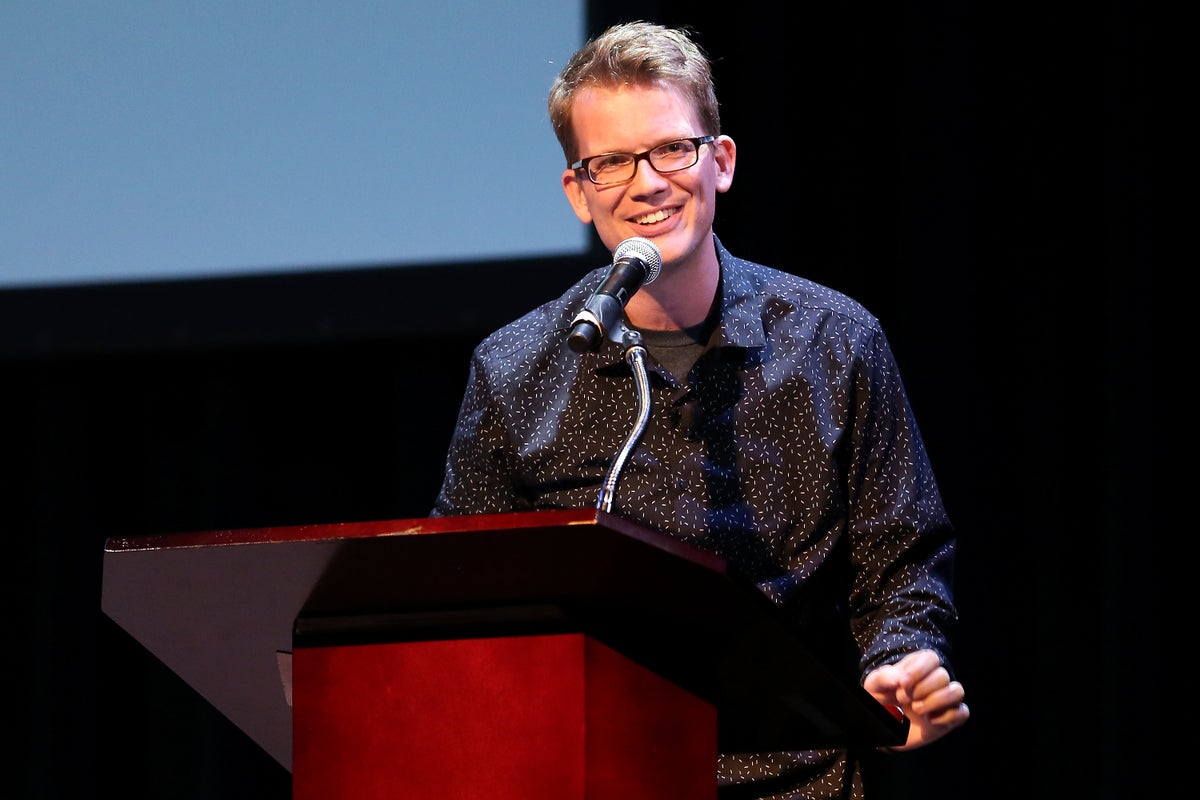Now Reading: Mathematicians Crack Multidimensional Shape-Slicing Puzzle
-
01
Mathematicians Crack Multidimensional Shape-Slicing Puzzle
Mathematicians Crack Multidimensional Shape-Slicing Puzzle
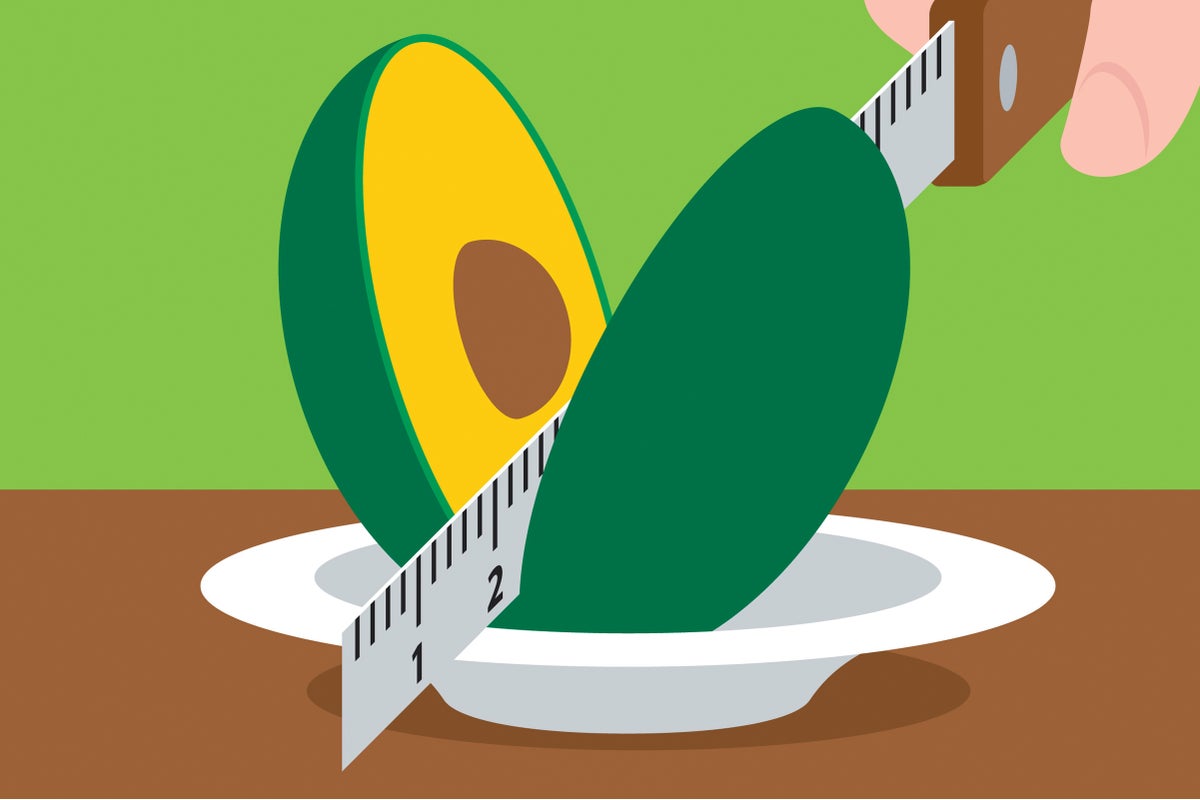
### Rapid Summary
– Belgian mathematician Jean Bourgain,in 1986,posed a complex question about whether convex shapes across all dimensions can always be sliced to reveal a cross-section larger than a fixed value.
– Researchers Bo’az Klartag and joseph Lehec recently solved the problem by combining geometry and physics-based insights, confirming the conjecture on multidimensional shapes.- Qingyang Guan of the Chinese Academy of Sciences contributed significantly by using heat diffusion modeling techniques that revealed hidden geometric structures.
– Guan’s approach generated crucial bounds on how heat dissipation rates change in convex shapes, which helped tie together previous findings on the issue.
– The breakthrough has reduced uncertainty around the geometry of high-dimensional convex bodies but opened up new questions for exploration in mathematics.
[image]
Illustration: Knife slicing an avocado | Credit: Thomas Fuchs
—
### Indian Opinion Analysis
This mathematical breakthrough exemplifies how interdisciplinary methods-linking physics with abstract geometry-can illuminate persistent puzzles. Such advances resonate profoundly for India’s growing scientific community, where mathematical research increasingly employs techniques from other fields like data science and computational physics. High-dimensional mathematics is critical for innovations across domains such as artificial intelligence,cryptography,and quantum mechanics-all areas where India seeks to play a larger role globally.
Furthermore, triumphant collaborations like those between Klartag and Lehec highlight India’s potential benefit from fostering international partnerships across academia. For Indian researchers pursuing theoretical work with practical implications in multidimensional analysis or modeling problems tied to real-world applications (e.g.,climate studies),this result could offer valuable methodologies or inspire similar approaches. Supporting foundational science remains essential for broadening national expertise in both pure theory and applied innovation.


